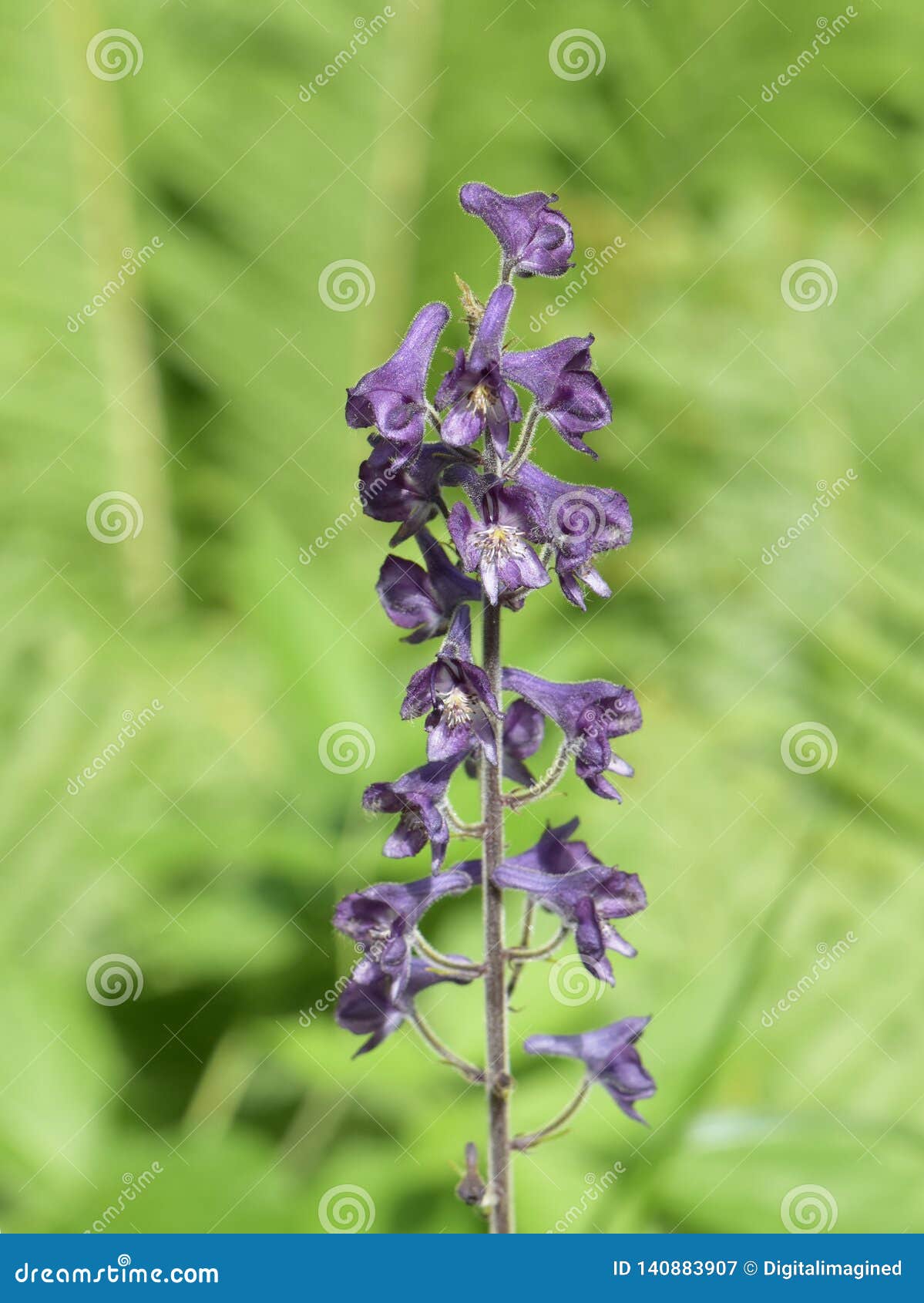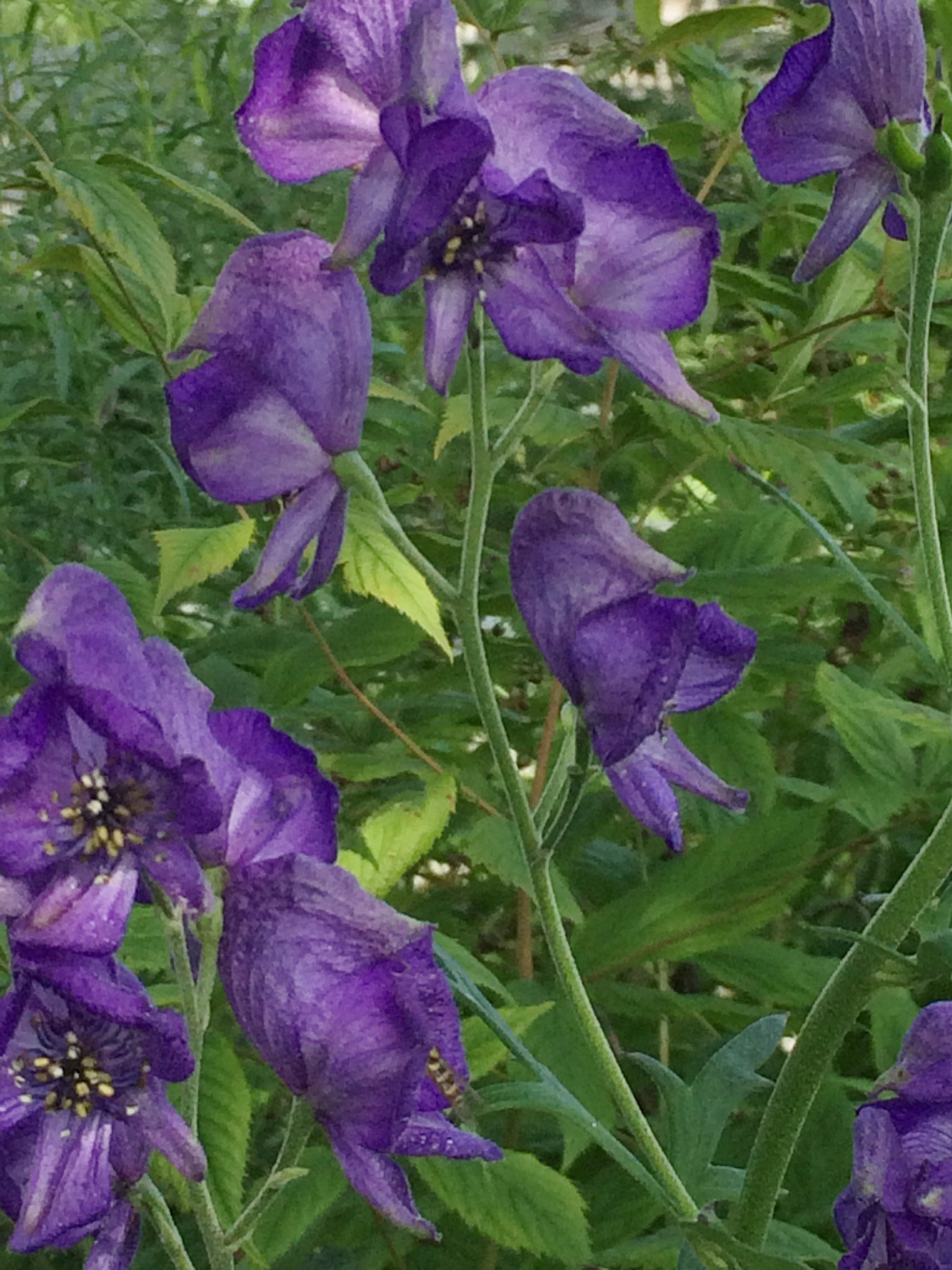

The name aconite originates from akontion, meaning dart in Ancient Greek as arrows were dipped in aconite for their poisonous effect.Īconite poisoning remains a rare happening in the western world, and few case studies exist for individually managed cases within the United Kingdom.

Its potent poisonous nature has long been recognised, reputedly used by shepherds as a meat poison used to kill wolves, and by association protect against werewolves, hence the name Wolfsbane. These appear similar to the hoods worn by medieval monks, hence one of its common names, monkshood. It is commonly grown in gardens as it has attractive purple flowers. Laboratory investigations remained normal.Īconite is a plant indigenous through northern Asia and Europe. An ECG confirmed sinus rhythm ( Figure 4). Three episodes of severe bradycardia were noted during early evening lasting less than one minute, all resolved spontaneously without intervention. Hemo-dynamic stability (BP 120/65 mmHg, 67 beat.min -1) was achieved, and the weaning doses of noradrenaline and amiodarone were stopped ( Figure 3). On day two post-admission to ICU, he remained intubated and ventilated with BIPAP ventilation. Unfortunately, aconite plasma concentrations were requested, but not analysed. Laboratory analysis of serum electrolyte remained within the normal range for potassium (3.7 mmol/l), magnesium (0.77 mmol/l), sodium (142 mmol/l) and calcium (2.22 mmol/l). Both hepatic and renal function were normal. Plasma troponin levels were not requested. Acid-base balance normalised within four hours of being admitted to the ICU ( Table 1). kg-1.min -1) (Augettant, Lyon, France), in addition to fluid (125ml.min -1 Ringers Lactate) and amiodarone (6 -1) (Hameln pharma, Hameln, Germany). He remained sedated with ongoing cardiovascular support via exogenous catecholamines for resistant hypotension via central venous access noradrenaline (6 micrograms.

Myocardial cells classically enhance automaticity, but such activity is also observed in neuronal tissue and finally striated and smooth muscles.įour hours following admission, assessment and stabilisation in the emergency department, he was transferred to the intensive care unit (ICU). Classically, aconite binds avidly and induces direct confirmation change to open voltage-gated sodium channels by binding site two of the alpha-subunit, with increased preferential binding to highly active channels, which promotes persistent channel opening, enhancing intracellular and, maintaining membrane depolarisation. The structure-activity relationship of aconite is yet to be fully elucidated. Aconite’s half-life (t 1/2) exhibits significant inter-individual variability up to sixteen hours but also variation between other alkaloids within the same family. Aconite alkaloids undergo elimination by first-order kinetics primarily via renal excretion, with a minor pathway involving cytochrome P450 (CYP 3A). The effects of poisoning are classically dose related. Poisoning, with myocardial complications, usually develops within 15-30 minutes following ingestion of the plant leaves or roots. Following enteral absorption, aconite mediates a range of cellular effects via voltagegated sodium channels.

Presentation relates not only to the site of absorption of aconite but also plasma concentration of active alkaloids, which varies within the individual parts of plants such as their roots or leaves but also between plants and the processing techniques used during agriculture.Īconite’s pharmacokinetic data has been clarified by several studies. However, only a few cases have been described in western literature in the past twenty years, despite being one of the most toxic plants in the UK. It is derived from the plant Aconitum napellus, also known as Monkshood or Wolfsbane. Chinese herbalists have actively used aconite for centuries for the treatment of muscular-skeletal disorders due to its analgesic and anti-inflammatory properties. Aconitum is a genus of over two hundred species of flowering plants which contain active ingredients containing aconite and the related alkaloids, lycaconitine and napelline.


 0 kommentar(er)
0 kommentar(er)
